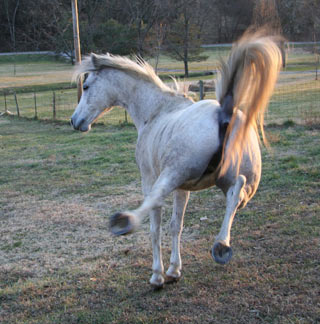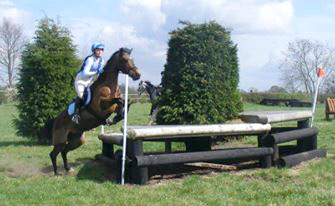Now well into December, and getting ever closer to Christmas, there will be an abundance of “goodies” around the house that are not so good for the four-legged family members.

Most owners are aware of the dangers of chocolate and so are likely to rush down to the vet on Boxing Day when their Labrador has broken into the tin of Heroes – but what other festive dangers are there that owners are not so clued up on?
Pudding
The festive favourite Christmas pudding, while enjoyable for us, can be lethal for pets. It is the raisins, currants and sultanas that may lurk within that are poisonous.
While the mechanism of toxicity is poorly understood, we know it can cause acute kidney failure in dogs.
The treatment protocol for poisoning by raisins, etc, is similar to general suspected poisoning with an unknown agent: give an emetic (to make the animal vomit), an adsorbent (for example, activated charcoal) and supportive care (IV fluids) to protect the kidneys for a few days.
Antifreeze
Ethylene glycol, more commonly known as antifreeze, is extremely toxic to pets, with consumption of tiny amounts resulting in crystal formation in the kidneys, and so acute renal failure. Antifreeze smells and tastes sweet, so pets are often attracted to it. For this reason, it is best for owners to ensure it is kept in a secure container, well away from pets.
Early symptoms include neurological signs, such as wobbliness, twitching, seizures and depression. As the poisoning progresses, the animal will have cardiac and respiratory signs, such as increased heart and respiratory rate. It’s vitally important owners look out for these signs if their pets have had any possible access to antifreeze (for example, if they’ve got into the garage or if a cat has been missing for a few days and potentially been locked in someone’s shed).
The antidote for ethylene glycol poisoning is ethanol, because it replaces ethylene glycol as a substrate for the enzyme that breaks it down into toxic products. More specifically, lab-grade ethanol is best.
Sweetener
Xylitol is a sugar-free sweeter that is used in chewing gum, cakes and sweets, particularly diabetic foods. Xylitol causes insulin release in the body, resulting in hypoglycaemia and, later, liver damage.
Symptoms include vomiting and signs of hypoglycaemia: lethargy, weakness, collapse and, if it progresses, seizures and coma. Unlike ethylene glycol, there isn’t a specific antidote, but supportive care, including fluids and liver protectants, is vital. The prognosis for xylitol toxicity is good if the animal’s hypoglycaemia is corrected quickly, so it is essential for owners that suspect this to contact their vet immediately. If you’re trying to determine whether xylitol is in a product, it is often listed as a food additive, code E967.
Decorations?
And don’t forget the potential foreign body too – if the cat has been playing with the tinsel and managed to swallow some or the dog has ingested a few tasty looking baubles.
Enjoy the festive season, but advise owners to keep an eye on their pets this Christmas.








